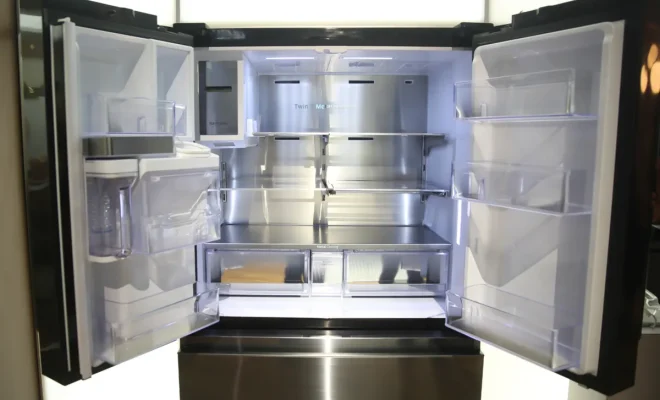Personal Auto Policy: Everything You Need to Know

Introduction:
A personal auto policy (PAP) is an insurance agreement that provides financial protection and liability coverage for individuals and their vehicles. Understanding the ins and outs of a PAP will ensure you make the most informed decision when purchasing auto insurance for your car. This article covers everything you need to know about personal auto policies, from what they include to how they work.
1. Elements of a Personal Auto Policy:
A typical personal auto policy consists of six different elements:
a) Liability Coverage: This coverage protects you in case you cause an accident, covering damages such as medical bills or repair costs for vehicles involved in the accident.
b) Collision Coverage: Covers damage to your vehicle caused by a collision with another vehicle or object, regardless of fault.
c) Comprehensive Coverage: Covers damage to your car from incidents other than collisions, such as theft, fire, or natural disasters.
d) Uninsured/Underinsured Motorist Coverage: Provides protection if you’re involved in an accident caused by a driver who doesn’t have sufficient insurance or any insurance at all.
e) Medical Payments/Personal Injury Protection (PIP): Covers medical expenses for you and your passengers after an accident, regardless of who is at fault.
f) Towing and Labor Coverage: Reimburses you for towing and labor costs if your car breaks down.
2. How Premiums are Determined:
Several factors affect the cost of your personal auto policy premium, including:
a) Your driving record: A clean driving record with no accidents or traffic violations can result in lower premiums.
b) Vehicle type: High-value vehicles or those with high theft rates tend to have higher insurance premiums.
c) Location: Living in urban areas with higher incidents of theft or accidents can increase your premium.
d) Age, gender, and marital status: Studies have shown that age, gender, and marital status all play a role in determining your risk of causing an accident.
e) Coverage limits and deductibles: Higher coverage limits and lower deductibles will increase your premium costs.
3. Customizing Your Personal Auto Policy:
It’s essential to personalize your PAP to match your needs. You can adjust coverage limits, opt for additional endorsements or riders, and discuss various discounts available based on factors such as good driving habits or bundling multiple policies.
4. Filing a Claim:
If you’re involved in an accident or experience damage to your vehicle, you’ll need to file a claim with your insurance provider. Notify them as soon as possible and provide details about the incident. They’ll guide you through the process, including any documentation needed and assessing your eligibility for coverage of expenses.
5. Periodically Review Your Policy:
It’s crucial to review your auto insurance policy regularly and ensure you’re still receiving adequate coverage based on any lifestyle changes or new vehicle purchases. Review annually or whenever significant life changes occur, ensuring you always have the right coverage at the best price.
Conclusion:
A personal auto policy is necessary for every car owner to safeguard themselves against potential financial setbacks due to accidents or theft. Understanding the essential components of a PAP, how premiums are determined, customizing your policy, filing a claim, and reviewing your policy periodically will empower you to make informed decisions about your auto insurance needs.




